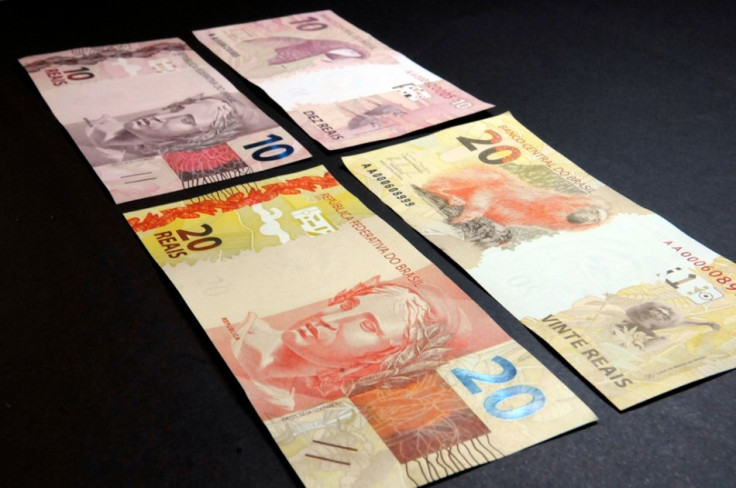Goldman Sachs: EM currencies in for another drubbing

The US dollar is set to extend its rally against emerging market (EM) currencies over the next 12 months, according to Goldman Sachs.
For producer countries such as South Africa and Brazil, suffering big current account deficits, currency depreciation is "an important channel of adjustment", Goldman said in a note to clients.
The Wall Street giant expects the South African rand to weaken by some 10% over the next year, from 12.24 rand per dollar to 13.50 rand.
It predicted that the Brazilian real, which has tanked some 25% since the beginning of 2015, could fall another 4.2% to 3.45 real per dollar in a year's time.
But for crude oil importers such as South Korea, currency depreciation is "a tool in the battle against very low rates of inflation", Goldman added.
The bank expects the Korean won to weaken by over 7% over the next 12 months to 1,120 per dollar, the most among Asian currencies. The won is down some 3.16% this year.
Central bank moves
Given the weak outlook for global growth, analysts say central banks will remain under pressure to be accommodative, which could extend the global easing cycle that has already seen some 24 central banks lower rates this year, CNBC reported.
The euro's weakness following the European Central Bank's massive stimulus programme will only mount further pressure on EM currencies because they do not look so cheap anymore, Goldman said.
Goldman expects the euro to slide to $0.95 in a year's time and to $0.85 by end-2016.
The firm expects the Hungarian forint to shed 7.6% against the euro over the next 12 months.
Goldman analysts wrote: "Federal Reserve dovishness may provide some near-term respite, but on a 12-month basis we think that some of the factors arguing for EM currency weakness, such as current account imbalances, commodity price weakness and low inflation, are still present in varying degrees."
It added: "If EM central banks respond to the Fed's dovishness by dovish actions themselves, this could support EM bonds but would erode support for EM currencies over the medium term."
ANZ senior FX strategist Sam Tuck told the news channel that the "US dollar is in a cyclical bull market". Capital is flowing into the greenback because "the US economy is relatively strong, and interest rates are set to rise and remain higher than anywhere else in the developed world".
© Copyright IBTimes 2025. All rights reserved.






















